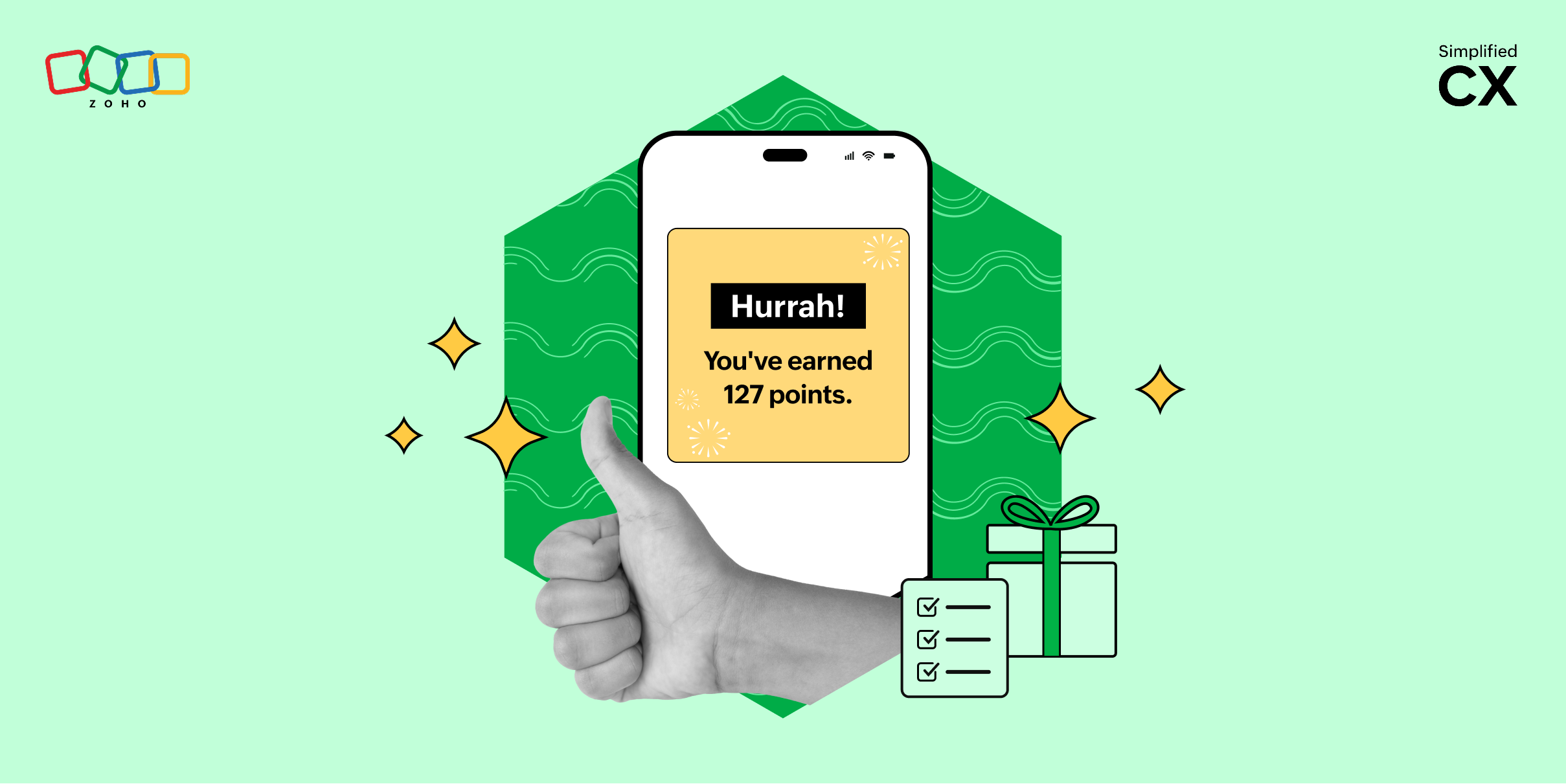- HOME
- More
- Technology
- Leveraging the power of VR and AR to improve CX
Leveraging the power of VR and AR to improve CX
- Last Updated : August 13, 2024
- 230 Views
- 5 Min Read

Technological advancements are frequent, but truly disruptive ones are few and far between. Those that excite tech enthusiasts and laypeople alike and disrupt their lives in equal measure are even rarer. In the digital era, PCs did that first; then came smartphones; and now we have augmented reality (AR) and virtual reality (VR). Much has been written about both these technologies, but to differentiate between the two briefly: AR superimposes virtual objects in the real world, whereas VR simulates real-world settings or creates completely new ones.
A PwC study states that AR and VR together could deliver a £1.4 trillion (about $1.8 trillion) boost to the global economy by 2030. Given that this study was done before COVID-19 struck and the pandemic proved the efficacy of remote technologies beyond any doubt, we can assume that the figure might increase even further.
In this post, let's look at three major use cases for VR and AR and how some of the leading brands of the world are using them to improve CX.
Employee training
This is an area where VR—thanks to its ability to simulate real-world settings—can play a vital role, especially for personnel in customer-facing roles. It also minimizes the need for hiring trainers, making arrangements in physical spaces, and creating learning material, thereby reducing the overall cost involved in training.
For instance, Walmart has a VR-powered training program as part of its Walmart Academy, through which employees learn about customer service and acquire product knowledge and other skills. Similarly, Lowe's, a leading home improvement retailer, offers VR-based training through which associates learn how to interact with customers and recommend the right products to fulfill their requirements—all in a safe setting.
Another brand that has used VR effectively for training purposes is from the travel industry: Delta Air Lines. Through its VR training program, technicians learn how to de-ice airplanes, an essential aircraft maintenance activity that plays a major role during winter. Before this VR initiative came into existence, Delta was able to train only three technicians per day; now it can easily train over 150 technicians in the same period.
Previewing products in real-world settings
This is a use case where AR shines as something that can add value if you offer your customers a mobile app. Since smartphones are ubiquitous today, you can enhance CX just using the cameras in your customers' phones. Here's how some leading brands are putting AR technology to phenomenal use.
First is Amazon, which offers a "View in your room" option for select products, especially those related to home decor. Their mobile app requests permission to use your smartphone's camera and overlays the product on any physical space that you want to see it on. The product can even be something as simple as a doormat; you can see how it appears in your room and make a purchase decision based on the preview you get.
Next is Lenskart, a leading eyewear brand in India. Their mobile app includes an AR capability called "3D try on" which takes a photo of the user and recommends different frames that match their facial structure. Customers can see how each frame sits on their face (virtually, of course) and even go to the product detail page and place their order if they like the frame. This completely eliminates the need to visit a physical store and gives customers the freedom to order eyewear from the comfort of their home.
Another noteworthy use of AR in mobile apps is by Zomato, an online food delivery leader in India. The app provides AR and 3D capabilities in the menus of select fast food chains, such as KFC, McDonald's, and Subway, wherein customers can preview how a particular dish will look and get an idea of its texture and appearance. This way, customers know exactly what to expect and avoid any surprises when their food is delivered.
Remote support
This is the last major use case we'll be looking at in this post. In earlier times, remote support only meant verbal instructions offered through phone or video calls. There was always a risk of confusion in instruction and errors in execution arising from this method. However, with AR-powered remote support—which enables annotations in the video feed, zoom-ins, and so on—this risk is more or less eliminated.
Shell and Nestlé are two leading international brands that use AR-based tools to connect product experts with technicians working at different locations across the world. By doing so, both companies have been able to reduce travel costs, resolve issues quickly, cut down on CO2 emissions, and improve productivity and efficiency without compromising on the quality of assistance delivered. Nestlé's remote experts in particular have helped renew existing production lines and install new ones, redesign and test new confectionery molds, and set up a new food line—all from different locations around the world.
While these two brands have used AR tools for remote assistance within the organization, there's a brand that has used it directly for customer service: Vodafone. The telecom giant piloted an AR- and AI-powered remote customer assistance technology in the Netherlands with the aim of reducing its dispatch rate and related costs.
Thanks to this innovative solution, Vodafone's customer support agents were able to "view the customer's environment and troubleshoot technical issues more easily, as well as reconcile billing inquiries on the spot," without having to visit the customer's location. As a result, the brand was able to reduce its dispatch rate by about 26%. Subsequently, when this solution was implemented by Vodafone UK and Vodafone Portugal, the brand was able to achieve a 12% increase in FCR, and its customer satisfaction improved by about 68%.
At the outset, AR and VR might look like flashy technologies only meant for technology enthusiasts, but if used thoughtfully, they can help improve CX in both B2B and B2C settings. I hope this post gave you some ideas and inspiration for how you can implement both technologies in your organization/industry. Follow this space for more such insightful content.



Comments(1)
Happy to see Indian Brands featured. Have been a student of customer support and customer experience for long but have only been reading about foreign brands. I am sure there are a lot of companies in India who are equally good if not better. But their efforts are not highlighted. It would be good if you could focus on such companies in your write ups